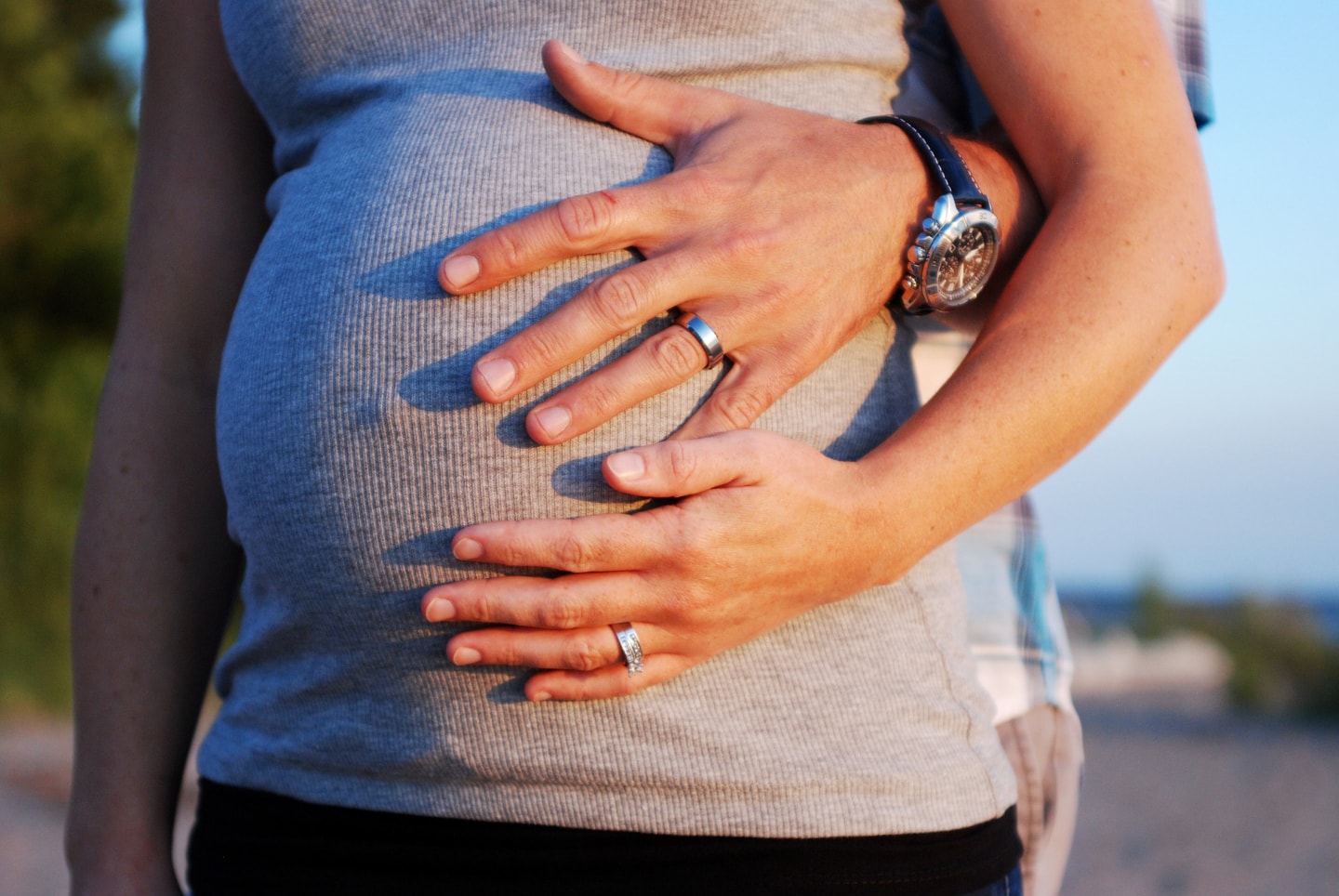
In this article, we would briefly discuss the importance of prenatal attachment (the emotional bond that develops between the parents and the growing fetus during pregnancy). This is an important determinant of the future parenting style and parent-infant attachment, both of which play a vital role in the future social interactions of the child. We would explore which factors can influence this unique parent-fetal relationship during pregnancy.
Before we discuss prenatal attachment/ bonding, it is important to understand some key aspects of attachment.
What is an attachment?
The emotional bond that connects one human being to the other is called ‘attachment’.
The type of attachment behaviour (also called an ‘attachment style’) is unique to every individual. Therefore, the attachment style of one person towards the other is not necessarily reciprocal.
The attachment theory in psychology was introduced by John Bowlby in the late 1950s. (Ref 1)
He defined the attachment as “an enduring emotional bond characterised by a tendency to seek and maintain closeness to a specific figure, particularly during stressful situations.”
How the attachment evolves throughout the life of an individual?
Research has shown that the attachment between the parent and the child (especially within the first two years of birth) form the basis of the future relationships with parents/ peers/ partners/ other human beings.
The process starts inside the mother’s womb when the would-be parent develops an imaginary connection with the growing fetus. This is called prenatal attachment.
This relationship takes a new form after the baby is born. The newborn baby develops a connection with the parents (or caregiver). This is called the parent-infant attachment. Depending on the response/ parenting, the baby develops one of the few attachment styles (secure/ insecure/ disorganised).
The parent-infant attachment is carried by the human being throughout (childhood, adolescence, and adulthood) the rest of the life (‘cradle to grave’).
This would influence how they enter into, maintain, and end a close relationship with others, including their life partners.
